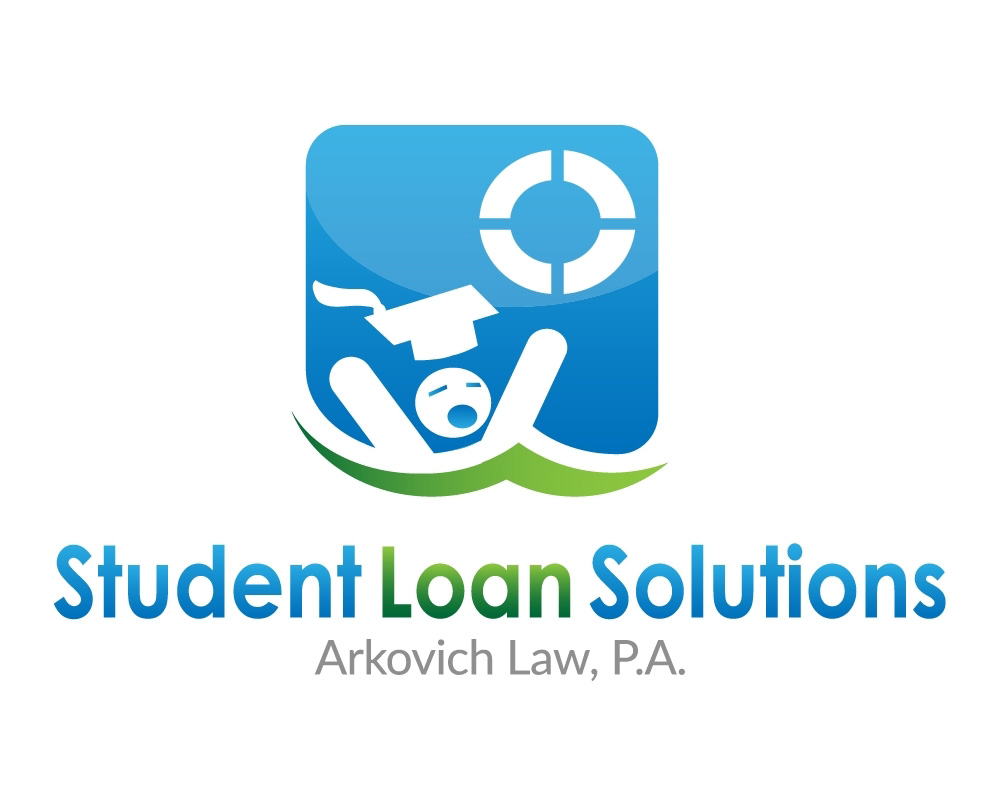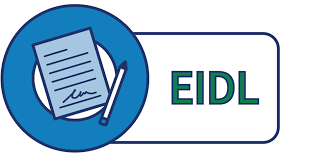What are the Different Types of Creditors and How Do They Affect My Bankruptcy?
If you are thinking about filing for bankruptcy, it is helpful to understand the different types of creditors and what kind of creditors you have. The type of debt and creditors that you have can be determinative of the type of bankruptcy that you file. A creditor is somebody you owe money to. When you file for bankruptcy, all of your creditors will be listed in your petition and schedules – those are the legal documents that are filed with the court in order to start your bankruptcy case.
There are two basic types of creditors – unsecured creditors and secured creditors. Unsecured creditors are creditors who do not have a lien, or a security interest in your property. Secured creditors are creditors that have a security interest in your property as collateral. If you owe money to a secured creditor, you must pay that secured creditor timely payments, in order to keep a piece of property that the secured creditor has a security interest in.
Unsecured creditors are divided into two different types of categories – general unsecured creditors and priority unsecured creditors. General unsecured debt includes credit card debt, personal loans, and medical bill debt. In a Chapter 7 bankruptcy, all general unsecured debt is wiped out in 3-4 months. For those with lots of unsecured debt or only unsecured debt, a Chapter 7 may be a good option to look into. On the other hand, priority unsecured debt includes money owed to the taxing authorities; for instance, to the IRS or to the Minnesota Department of Revenue. In a Chapter 7 bankruptcy, only tax debt that is non-priority is discharged or wiped out. Non-priority tax debt is tax debt that is owed for years more than 3 years ago. Priority tax is not wiped out or discharged in a Chapter 7 bankruptcy. Priority tax debt is tax debt owed for years within the past 3 years. Therefore, if you have a lot of recent tax debt and hardly any unsecured debt, then a Chapter 7 bankruptcy may not be the better option, but rather a Chapter 13.
In a Chapter 13 bankruptcy, general unsecured debt is also wiped out, but not all of it. A tiny fraction of the total amount of unsecured debt is paid through a Chapter 13 payment plan. A Chapter 13 payment plan works similar to a government sponsored debt consolidation program. However, the difference is that a Chapter 13 provides remedies. The Chapter 13 payments each month are designed to be affordable, you are not paying interest, and you are only paying a small fraction of the total unsecured debt throughout the 3-5 years. The remaining amount of unsecured debt that is not paid off, is simply wiped out, forever. How is priority unsecured debt treated in a Chapter 13 bankruptcy? Well, priority tax debt – tax debt owed for years within the past 3 years, can be paid through your Chapter 13 plan payments. In other words, it can be taken care of through the Chapter 13 bankruptcy. Non-priority tax debt is treated as general unsecured debt and will be wiped out in a Chapter 13 bankruptcy.
Secured creditors are creditors that have a security interest in your property. This means that you must keep making payments to that creditor, in order to keep your particular asset that the creditor has a security interest in. Common types of secured creditors are mortgage companies and car lenders. You must keep making payments on a car that you are financing or a house that you have a mortgage on, in order to keep that car and house. How are secured creditors treated in a bankruptcy? Secured debt, such as debt that you owe on a car or a house, cannot be discharged in a Chapter 7 or a Chapter 13 bankruptcy. If you wish to keep that collateral, you must keep making payments on it as you did normally prior to the bankruptcy. However, in a Chapter 13 bankruptcy, multiple pieces of collateral can be paid through a Chapter 13 plan with one, single plan payment each month. For instance, if you are financing two cars that will not be paid off for a few more years, you can put both cars into your monthly Chapter 13 plan payments. Thus, instead of making three separate payments for 2 cars, and one Chapter 13 plan payment each month, you could save money by making only one, single payment that takes care of both of your car payments, as well as your Chapter 13 plan payment to take care of all of your unsecured debt. Moreover, if you are financing a tractor and use the tractor for lawn care, or as a lawnmower, the payments on the tractor may be able to be put into your Chapter 13 plan payments and included in that one, single payment each month to your bankruptcy trustee’s office.
CALL NOW FOR A FREE STRATEGY SESSION FROM A MN BANKRUPTCY LAWYER AT LIFEBACK LAW FIRM
To learn more about the different types of debt that you have and how a Chapter 13 or a Chapter 7 bankruptcy can help you resolve that debt with the creditor, you should consult with an experienced bankruptcy attorney. See us at LifeBackLaw.com!




![[Event] Intellectual Property Law Institute 2022 – September 15th – 16th, New York, NY | Practising Law Institute (PLI) [Event] Intellectual Property Law Institute 2022 – September 15th – 16th, New York, NY | Practising Law Institute (PLI)](https://www.pli.edu/globalassets/faculty/b/be/bender_david_20220814.jpg)


